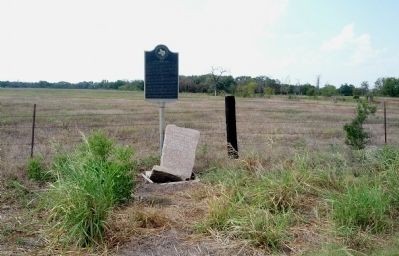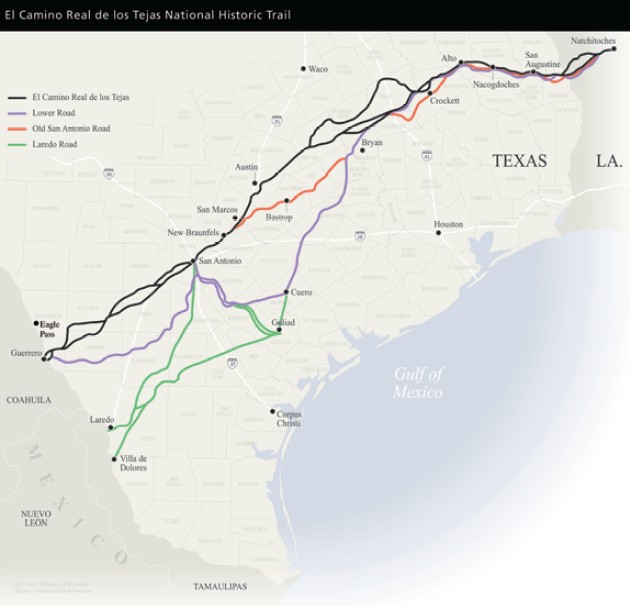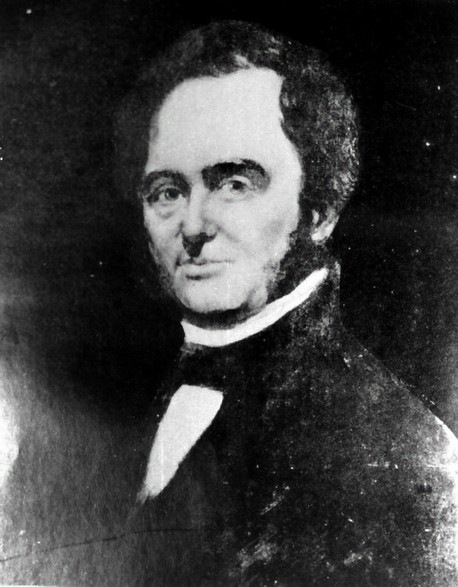Route of El Camino Real (Also known as Old San Antonio Road and Old Spanish Road)-historical marker
Introduction
Text-to-speech Audio
Images
Two El Camino Real markers

Map of the El Camino Real in Texas

Moses Austin

Backstory and Context
Text-to-speech Audio
The route more or less followed ancient Native American trails; however, the oldest marked portion dates back to 1691. Named the “Trail of the Padres”, it was sanctioned by the first Governor of Texas, Domingo Teran de los Rios. At this time, Texas was still under Spanish rule and Domingo served from 1691-1692. As governor, Domingo’s responsibilities were as follows: establish seven missions among the Tejas Native Americans; remove any foreign settlers (non-Spanish) in the territory; and catalog the land, resources, and people of the area. In this case, a mission refers to a religious outpost designed to spread Christianity to the Native Americans.
Many notable figures travelled this road, including Moses Austin. Originally born in Connecticut, debts that he and his brothers incurred through their business led Austin to flee US territory and swear allegiance to the Spanish crown. Austin took the road to San Antonio in 1820 to ask Spanish officials for a land grant to establish the first English-American settlement in Texas, which was then owned and governed by the Spanish. Although he died before this could happen, his son, Stephen F. Austin carried out his father’s work.
The road’s northern most point was at Natchitoches, Louisiana and its last point in Texas was at the Rio Grande in Maverick County. The road continued past Texas through Monclova all the way to Mexico City.
Sources
"Route of El Camino Real (Also known as Old San Antonio Road and Old Spanish Road)." The Historical Marker Database. Accessed September 17, 2015. http://www.hmdb.org/marker.asp?marker=68683.
